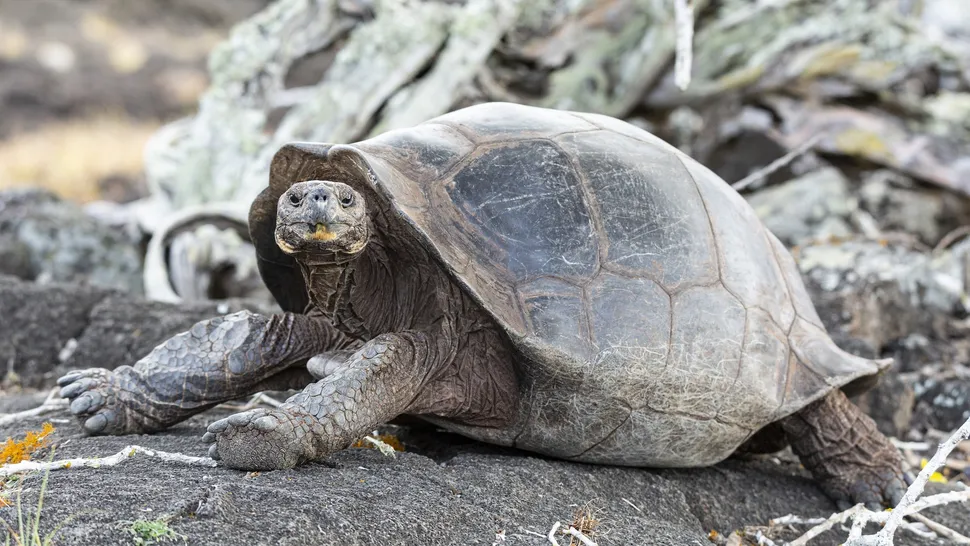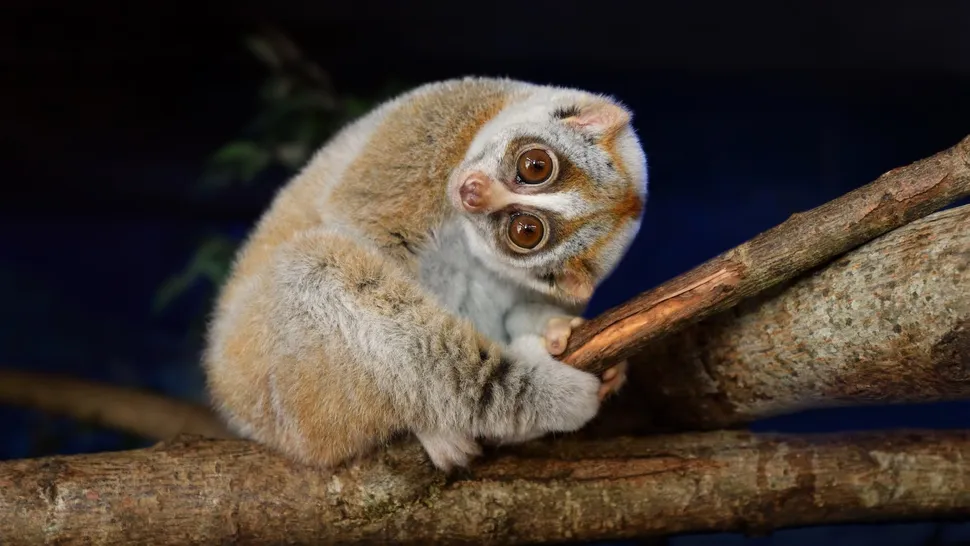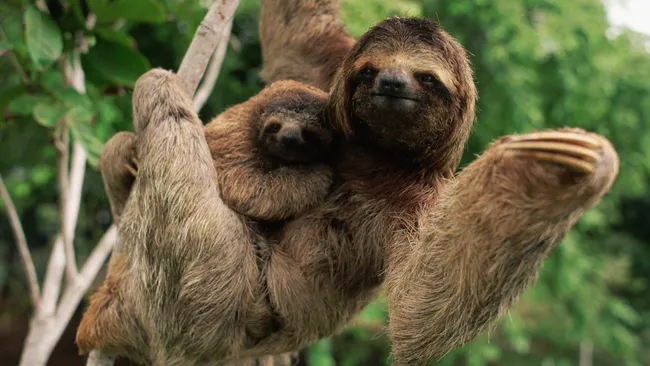Fast animals often get all the attention for their incredible speed, but slow-moving creatures have their own fascinating adaptations. From the ocean floor to the forest canopy, life in the slow lane is a successful survival strategy.
Slow Movers of the Sea
Speed can be measured in different ways, and one approach is distance traveled over time. By that metric, the sea anemone may be the slowest animal in the world, creeping along at just 4 to 6 inches (10–25 cm) per hour when searching for a new home. Otherwise, it remains largely stationary.

Close behind is the dwarf seahorse (Hippocampus zosterae), considered the slowest-swimming fish. Its upright posture and tiny dorsal fin limit its speed to about 1.5 meters (5 feet) per hour. Fortunately, seahorses spend most of their time anchored to seagrass with their prehensile tails, feeding on tiny crustaceans and staying safe from predators thanks to bony armor.
Even larger sea dwellers like the Greenland shark (Somniosus microcephalus) drift slowly at about 2 mph (3 km/h) in cold waters, scavenging rather than chasing prey.
Slow Animals on Land
On land, banana slugs take the slowest prize, moving at a mere 0.006 mph (0.0096 km/h). While small size contributes, many molluscs are naturally slow, with some remaining stationary throughout adulthood. The common garden snail moves slightly faster at 0.03 mph (0.048 km/h).
Other slow movers include the Galápagos giant tortoise, which saunters along at around 0.16 mph (0.26 km/h), and slow lorises, small primates navigating trees at roughly 1.1 mph (1.8 km/h) with careful, deliberate movements.

Size Matters: Measuring Speed Relative to the Body
Some scientists argue that speed should be considered relative to body size. Tiny animals like ants can cover impressive distances proportional to their size, while larger animals like sloths may appear exceptionally slow.
Professor Rory Wilson, an expert in aquatic biology, identifies the three-toed sloth (Bradypus) as the world’s slowest animal. Sloths move at just 1 mph (1.6 km/h) and often cover only small distances in days, performing all movements at a glacial, tai-chi-like pace.
Why Being Slow Works
Sloths compensate for their lack of speed through several adaptations:
- Camouflage: Their slow movements help avoid predators.
- Strength: Three times stronger than humans, they are stable in trees.
- Slow metabolism: Leaves provide minimal energy, so sloths digest slowly and descend from trees only once a week.
Professor Wilson explains:
“Speed requires power, and power demands energy. Sloths have managed to circumvent that by thriving on very little — and that means a life in the slow lane.”
